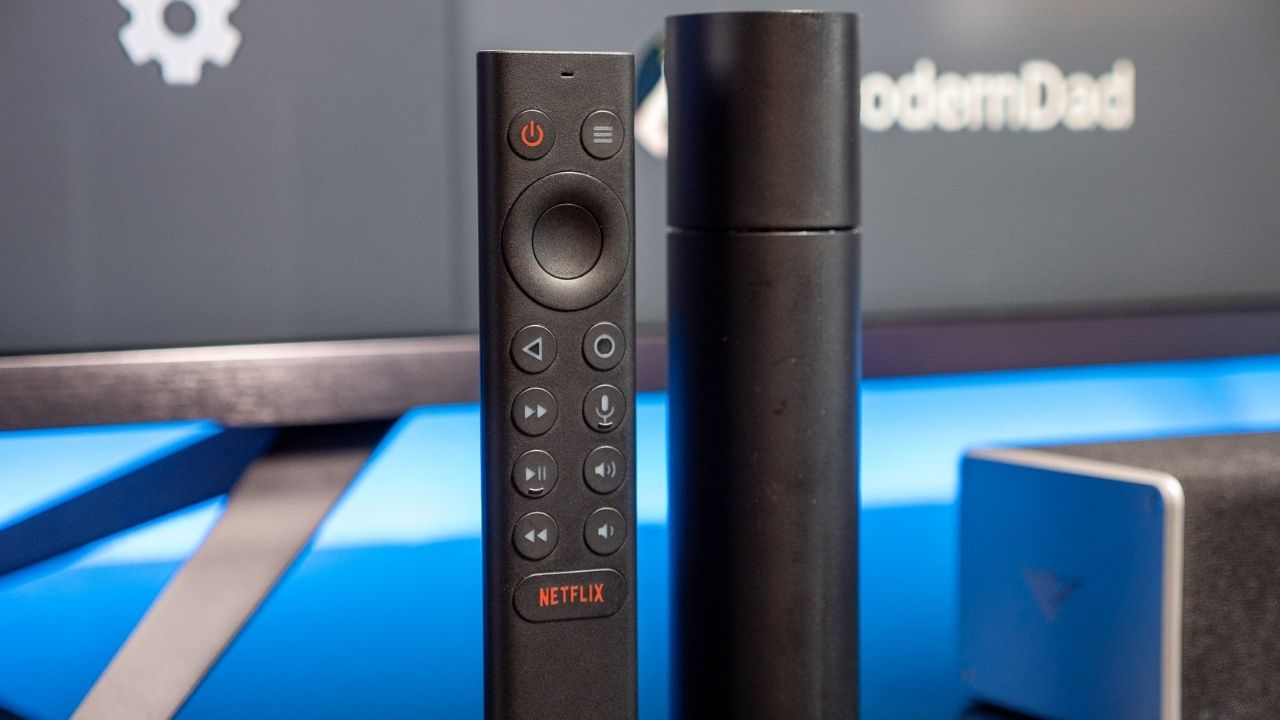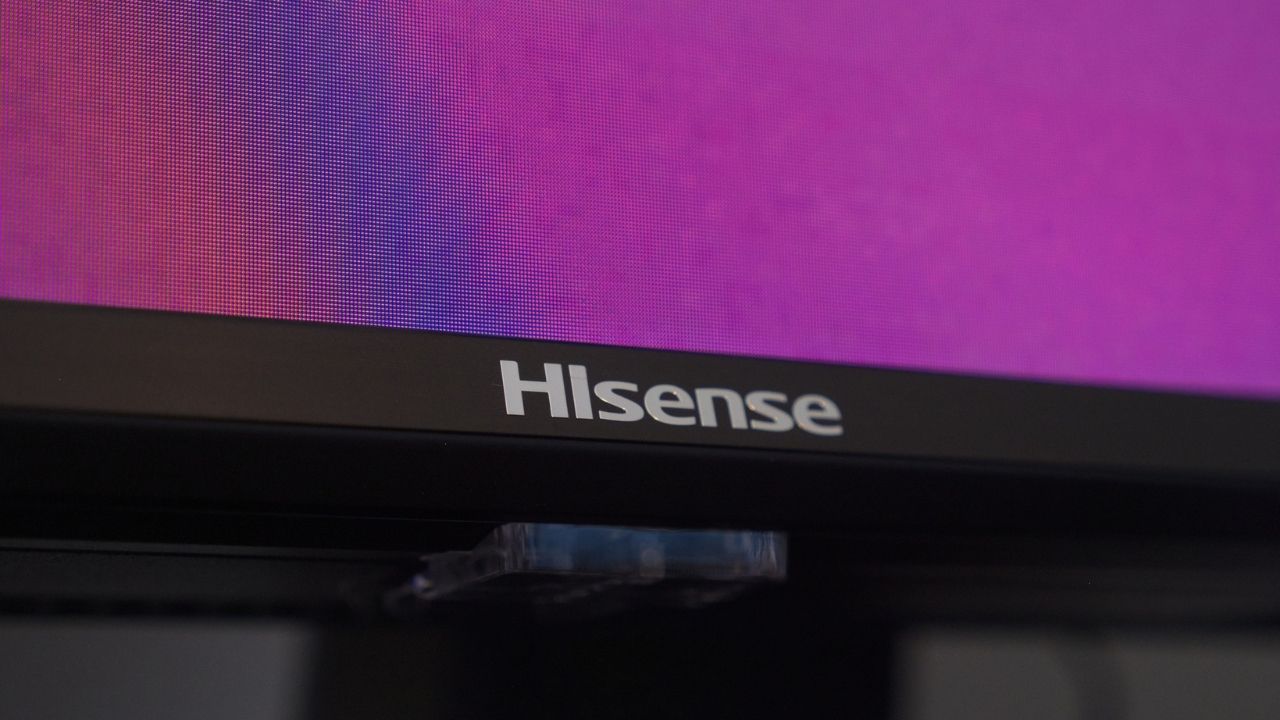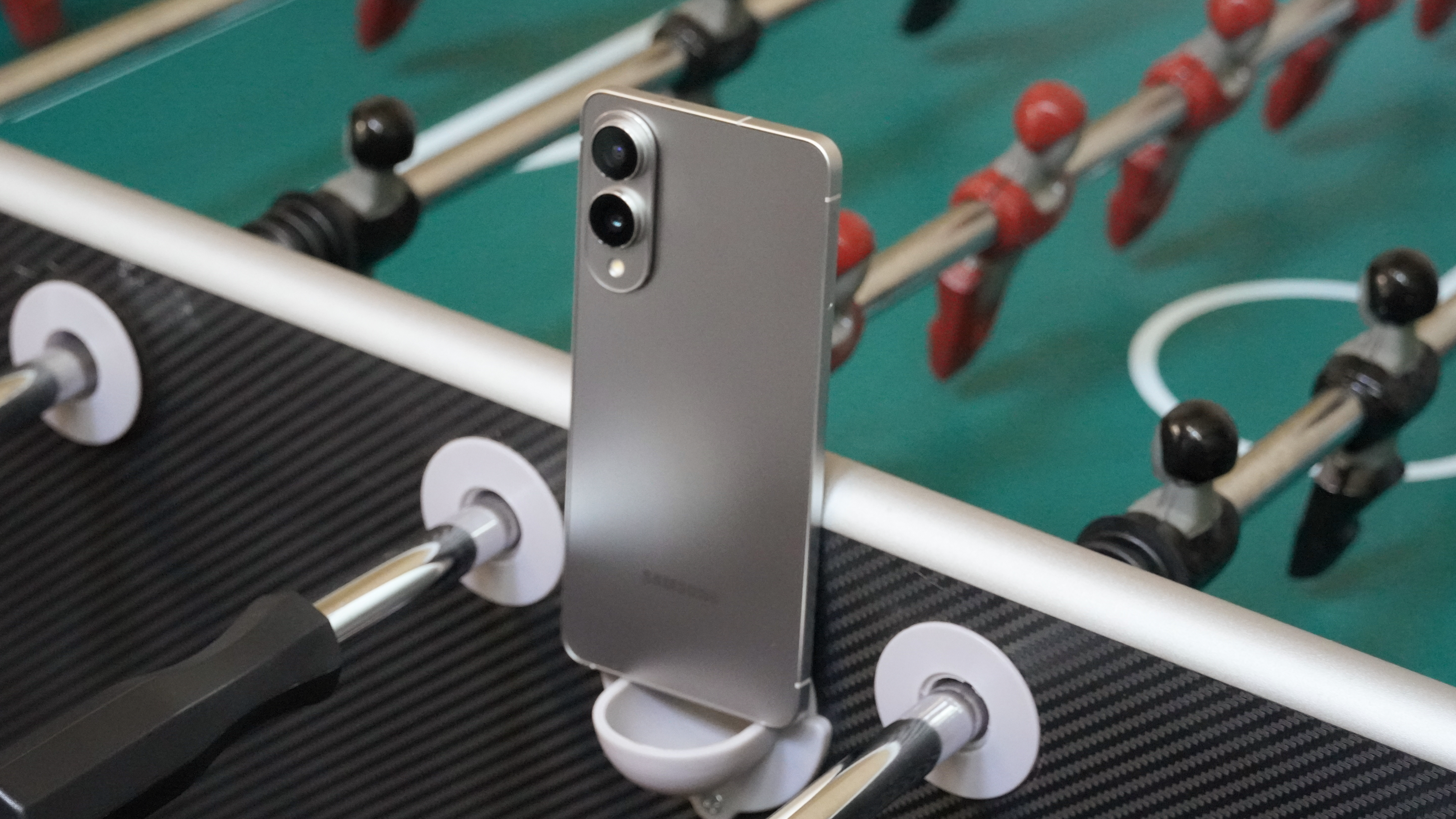Android TV: What is it, and should you buy a TV or a box with it?
How does Android TV compare to Google TV? We'll explain how Android on the big screen works.

We might have some bias by saying this on a website called "Android Central," but when you think about it, Android really is one of the most versatile operating systems in existence. We most commonly think of it as what powers smartphones and tablets, but it also extends to smartwatches, car infotainment systems, and even televisions.
That last point is what we're talking about today — Android TV. This version of Android powers smart televisions and streaming boxes, and it's been doing that since 2014.
Other platforms like Roku and Amazon's Fire TV have overshadowed Android TV's popularity, but that doesn't mean it's not worth considering. In fact, Android TV has quite a lot to offer if you're a fan of Google services and are looking for a way to bring more smarts into your living room.
Here's what you need to know about it, including the inevitable Android TV vs. Google TV question, as well as what Google has in the cards for Android TVs in 2024 — including possible syncing with Wear OS and Nest cameras.

Google TV for all
This affordable and compact gadget brings Android TV 2.0 to your living room with full support for 4K HDR streaming, Dolby Vision and Dolby Atmos, and (of course) casting content from your phone, tablet, or other devices.
What is Android TV?

As mentioned above, Android TV is a version of Android that's designed specifically for televisions. It first debuted in June 2014, with the latest version (Android 13) launching in December 2022. Like other TV operating systems, you can use Android TV to watch Netflix, Hulu, YouTube, and countless other streaming apps. Android TV even supports some games, giving you a nice change of pace when you feel like having more interaction with your entertainment.
The newest Android TV interface incorporates elements introduced as part of the new Google TV interface, which has replaced the previous user interface (UI) on most Android TV devices released in 2021 and beyond. Among the improvements rolled out as part of the Android 12 beta were a refresh to the operating system's home screen that included larger buttons, increased animation, a new style of widgets, and the addition of a bright green microphone icon.
Android 12 also introduced native support for taking scrolling screenshots and a feature that generates a color theme for system menus based on your chosen wallpaper. Android 12 also includes native support for 4K UI rendering, which improves the overall screen interface and makes visuals even sharper. Previous versions of Android TV set UI rendering at 1080p, with the ability to upscale to 4K.
Get the latest news from Android Central, your trusted companion in the world of Android
WIth the latest Android 13 for TV update, the changes aren't quite as drastic on the surface, but are still quite significant. For instance, you can change the default resolution and refresh rates for supported HDMI sources like the Chromecast with Google TV. Plus, the update lets these connected devices detect state changes, indicating when the device can enter power-saver mode so it doesn't constantly drain energy.
Plus, this version gives you much-improved accessibility features such as a new system-wide audio description preference setting and support for more keyboard layouts.
Google Assistant on Android TV
If you're a frequent user of the Google Assistant on your phone and smart speakers, Android TV will feel right at home to you.
As with other Google gadgets, the Google Assistant is built right into Android TV. Click the Assistant button at the top of the screen or press the Assistant button on your remote, and you can talk to the Google Assistant just like you would anywhere else.
It's helpful in a few different ways. For commands specific to your TV, you can have the Assistant pause what you're watching, adjust the volume, open specific apps, etc. However, it extends far beyond voice command playback controls. Ask the Assistant about the weather, who Kylie Jenner is dating, or to turn off the living room lights. It's the same Google Assistant you know and love, just on your TV.
How Android TV works with Chromecast

Browsing for shows to watch using apps on the big screen is a great experience, but for those times when you're already on your phone, Android TV has you covered with support for Chromecast.
Find a YouTube video or Netflix show on your phone you want to check out? Just tap the Chromecast icon on your phone, select your TV, and you can send that video to your TV just like that.
It's a feature that works with any app that supports Chromecast, including something like Google Photos. So instead of hunching over your phone to look at family pictures, you can display them on your television with just a couple of taps.
Right now, you have two main options for a Chromecast: the Chromecast with Google TV and Chromecast with Google TV HD, which is more affordable but obviously can't hit 4K resolution or Dolby Vision. It does offer HDR10+ and Dolby Atmos, at least.
Streaming boxes and dongles with Android TV

When it comes to getting your hands on Android TV, there are a couple of ways to go about this. The most affordable of which is to buy a streaming box or dongle with Android TV built-in.
These are relatively compact gadgets that plug into your TV, like a mini-game console, and allow you to access Android TV and all of the perks that come with it. So whether you have a "dumb" TV with no smart interface or a Roku TV you want to upgrade, an Android TV box is perfect for adding a ton of new features while spending as little money as possible.
Among the best Android TV boxes, the most robust options are the NVIDIA Shield and Shield Pro. The baseline NVIDIA Shield supports 4K HDR content, Dolby Vision, and Dolby Atmos, plus AI upscaling for HD-to-4K content. It has an ethernet port for consistent streaming speeds and support for GeForce Now cloud gaming. But if you're willing to upgrade, the Shield TV Pro doubles the offered storage to 16GB and increases the RAM to 3GB.
But you can't go wrong with the Chromecast with Google TV, our top pick. It has similar upsides as the Shield like 4K HDR and Dolby, though now that Stadia has been cancelled, it doesn't have the same perk of cloud gaming. It doesn't upscale content, and 8GB of storage won't be enough for everyone, but it's so much more affordable than the Shield, making it the same price as most premium streaming dongles.
The Android 12 update also enables users to use their phone as a TV remote with Android TV OS streaming devices, making navigating the interface even easier.
Some TVs also ship with Android TV built-in

If you have more cash to spend and are looking to upgrade your entire TV, you could also buy a television that comes with Android TV built-in right out of the box.
This is a much more costly purchase, but if you need a new TV anyway, you might as well buy one that doesn't require extra hardware to use Android TV. That way, you save your HDMI ports for other devices like gaming consoles.
We've selected the best Android TVs available, with the Hisense U8G Quantum as our current favorite. This 4K TV has four HDMI ports, supports 120Hz refresh rates, tiny bezels, hands-free Google Assistant, and an affordable price. If that set doesn't grab you, TCL and Sony also make excellent Android TV sets.
You may want something a bit more high-end. In that case, our list of the best 4K Android TVs targets more spendy shoppers who only want the best. And the Sony A80J Bravia XR OLED truly is one of the best TVs available, Android or otherwise. The picture display and sound quality are top-notch, and you get HDMI 2.1 ports for next-gen gaming.
What's the deal with Google TV?

In line with the launch of Chromecast with Google TV in 2020, it was announced that Google TV would be the new UI for Android TV.
Powered by Google's machine learning, Google Assistant, and the Google Knowledge Graph, the new Google TV interface sits on top of the Android TV software. It's an easy way for users to find content from various streaming services on their TV or monitor. More specifically, the new interface places Google's content recommendations front and center and features a new Live tab for TV-like integrations such as YouTube TV.
The Google TV interface is divided into several tabs that allow you to browse content by movies, shows, and apps. You can even access your library of purchased content from Google via Play Movies & TV now that the Google TV app is stored. Content is also recommended to you based on your viewing habits when signed into your profile.
The new interface also introduces the option to create profiles specifically targeted at younger viewers, which feature rows of recommended videos from kid-friendly apps. The kid-specific Google TV interface also features bright colors and fun illustrations, the option to pick background themes such as "under the sea" and "space travel," and profile avatars aimed at younger viewers.
Our list of Android TV devices that support Google TV will tell you which have switched over and which remain on the old OS. If you are stuck with Android TV, rest assured that you can now manually fine-tune your Android TV recommendations, similar to what you'd get automatically with Google TV.
The future of Android TV

At this point, most old Android TV devices have updated to the Google TV OS, and most new Android TV boxes and television sets use Google TV. And we should see even more of them in 2024. While the Android TV brand won't die anytime soon, Google has shifted its focus to its namesake interface. So it's up to you whether or not you can stick with your old Android TV device or want to upgrade to Google TV.
In terms of the most recent Android TV and Google TV updates, the revamped Family Link gives you improved parental supervision controls for what your kids are watching. Personalized profiles have come to more users than before. And there's even a Google TV iOS app now, so you can buy an Android TV without needing an Android phone.

Android TV in all of its glory
This dongle costs more than the Chromecast with Google TV but supports AI upscaling of non-4K content, making everything you watch look better. And it supports GeForce Now streaming if you have a large Steam library you want to play on your TV.

Namerah enjoys geeking out over accessories, gadgets, and all sorts of smart tech. She spends her time guzzling coffee, writing, casual gaming, and cuddling with her furry best friends. Find her on Twitter @NamerahS.
